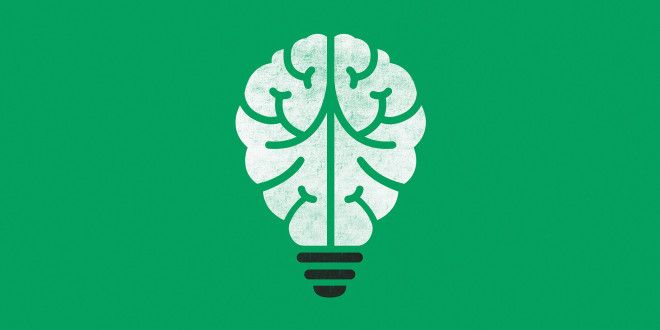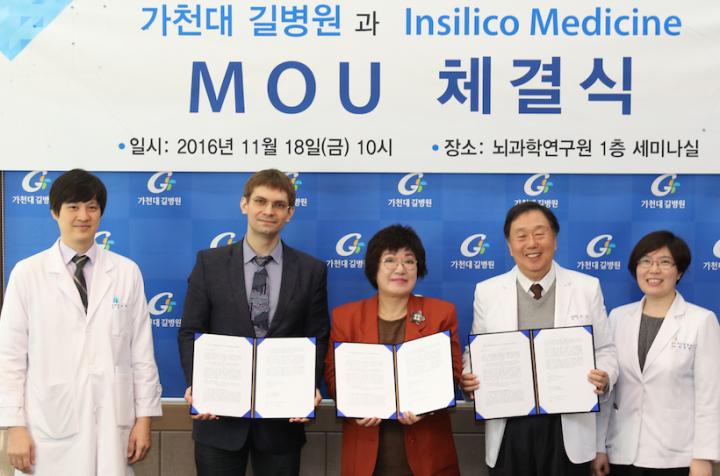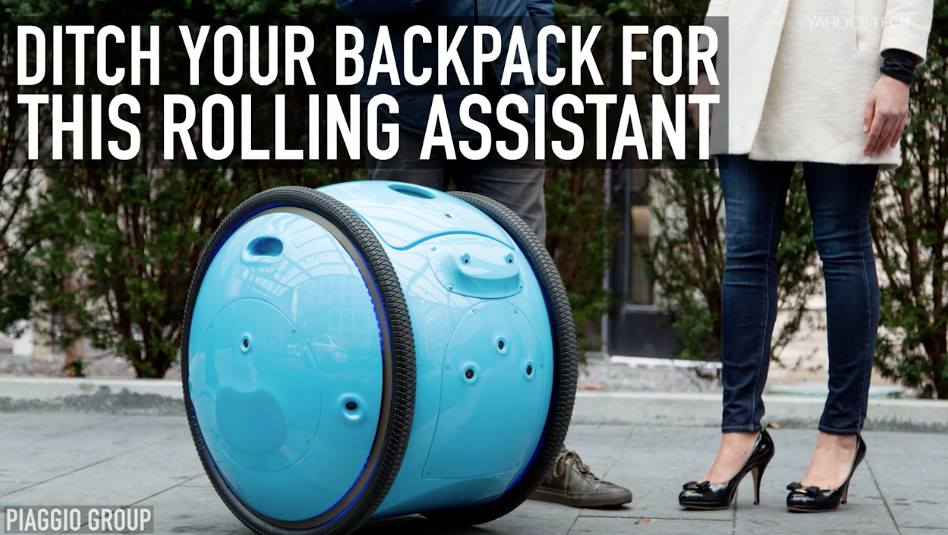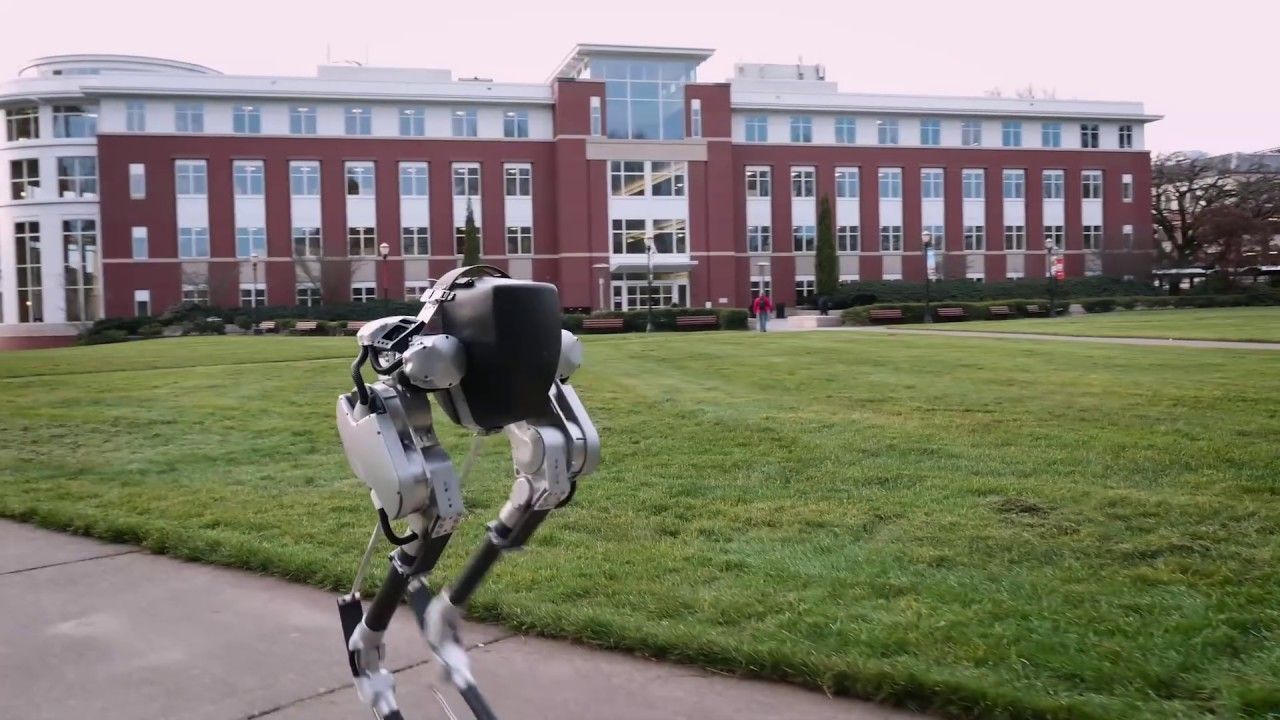The world’s top AI researchers met to consider the threats posed by their research. The global economy could be the first casualty.



Summary:
Friday, 3rd of February, 2017, Baltimore, MD — Insilico Medicine today announced that it signed a Memorandum of Understanding (MOU) and started the first collaborative research project with one of the largest research and medical networks, Gachon University and Gil Medical Center. The intent of the long-term collaboration is to develop artificially intelligent multimodal biomarkers of aging and health status as well as interventions intended to slow down or even reverse the processes leading to the age-related loss of function.

I suggest they connect with DARPA or Dr Phillip Ball on QBS.
This is undoubtedly relief for certain medical conditions, but the potential for misuse, harm and control demands an ethical debate to define the limits. Unfortunately, Technocrats shun such discussions. ⁃ TN Editor.
In labs testing how brain implants could help people with physical disabilities, tales of success can be bittersweet.
Experiments like those that let a paralyzed person swig coffee using a robotic arm, or that let blind people “see” spots of light, have proven the huge potential of computers that interface with the brain. But the implanted electrodes used in such trials eventually become useless, as scar tissue forms that degrades their electrical connection to brain cells (see “The Thought Experiment”).

Add RadioBio/ Quantum Biosystem technology and this will be perfect.
Soft robotics researchers at the University of Wollogong (UOW) in Australia have used 3D printing to build a realistic robotic hand that can be controlled by brain signals and which has a surface texture similar to human skin.
Dr Rahim Mutlu (left), Professor Gursel Alici, and their 3D printed hand collection




Many have asked me what does this DARPA announcement on their project (RadioBio) mean. Well, imagine a world in the next 10 to 15 years where you no longer need any devices (no smartphone, no AR contacts, no smartwatch, no wearables, no external BMIs or invasive implants, etc.) of any kind as Quantum Bio technology uses (in DARPA’s case) connected cell technology to connect people to people and information online (private and publically available. This approach is the least invasive method of turning cells into connected technology.
Military will mean no more lugging of devices and certain types of equipment around on the battlefield plus lower risk of stolen intelligence as no device or equipment left behind or stolen.
What does it mean to consumers? Means no more losing phones and other devices as well as broken down equipment be replaced every 2years and no more insurance and extra-warranty payments for devices; and no more devices stolen with your information on it. And, it means my doctors and body (AI and non-AI methods) can monitor my health and activate pain relief, etc. through biosystem treatments such as pain can be suppressed via the readings or before the pain is felt. It also empowers the immune system to proactively prevent diseases as the biosystem technology will monitor and treat as needed.

Nice research paper on Quantum Neural Networks for BMI related technologies. This is not a new article and more of a study published in 2014. Quantum Bio will change BMI.
Another version of this topic.
A novel neural information processing architecture inspired by quantum mechanics and incorporating the well-known Schrodinger wave equation is proposed in this paper. The proposed architecture referred to as recurrent quantum neural network (RQNN) can characterize a nonstationary stochastic signal as time-varying wave packets. A robust unsupervised learning algorithm enables the RQNN to effectively capture the statistical behavior of the input signal and facilitates the estimation of signal embedded in noise with unknown characteristics.

The leading projects for developing a hypersonic spaceplane are Reaction Engines of the UK and Hypermach.
Reaction Engines Skylon
Reaction Engines of the UK is a leader in developing a hypersonic vehicle and hypersonic components. The British government finalized a £60 million to the project: this investment will provide support at a “crucial stage” to allow a full-scale prototype of the SABRE engine to be built. If all goes to plan, the first ground-based engine tests could happen in 2019, and Skylon could be performing unmanned test flights by 2025. In November 2015, BAE Systems invested £20.6 million in Reaction Engines to acquire 20 per cent of its share capital and agreed to provide industrial, technology development and project management expertise to support Reaction Engines during its development phase. It could carry 15 tonnes of cargo to a 300 km equatorial orbit on each trip, and up to 11 tonnes to the International Space Station, almost 45% more than the capacity of the European Space Agency’s ATV vehicle.